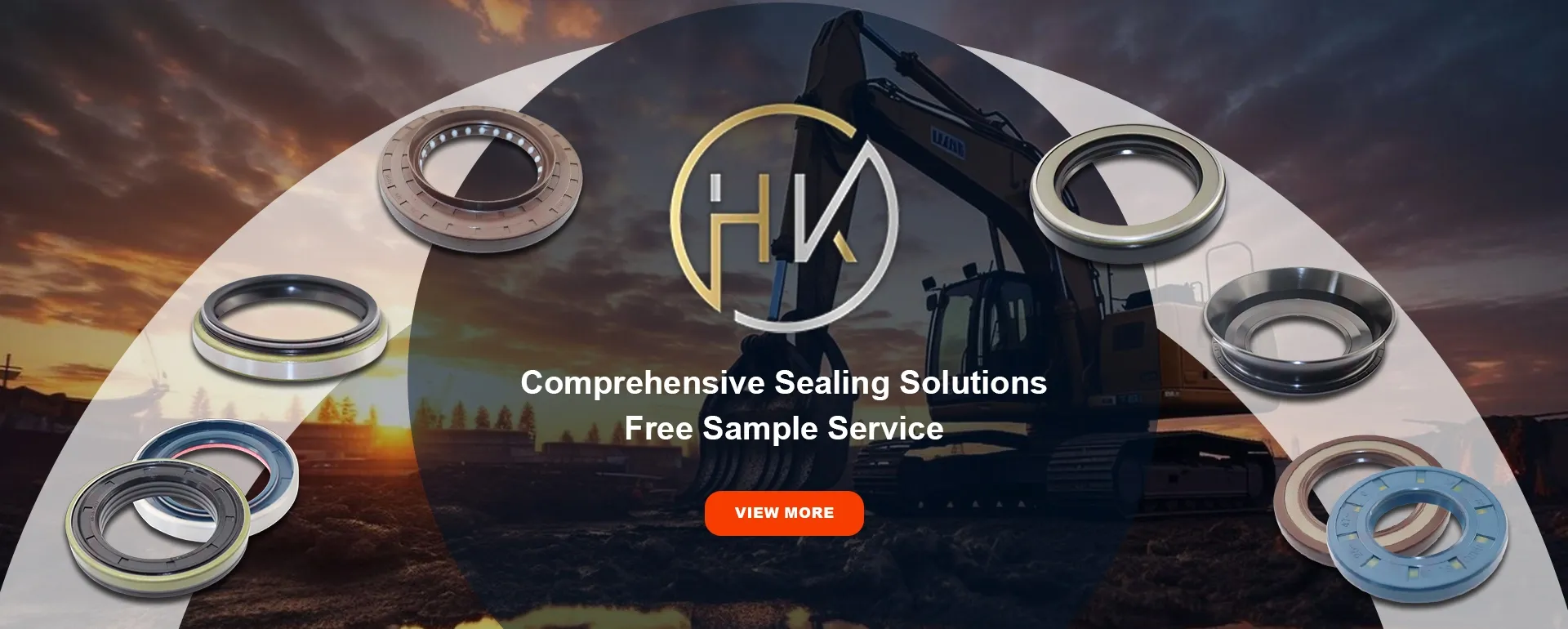Nov . 12, 2024 14:19 Back to list
shaft oil seal
Understanding Shaft Oil Seals Essential Components for Machinery
Shaft oil seals are crucial components in various mechanical systems, ensuring that lubricants remain contained within the machinery while preventing contaminants from entering. They play a pivotal role in maintaining the efficiency and longevity of engines, transmissions, and other rotating equipment. This article delves into the importance, structure, types, and proper maintenance of shaft oil seals.
Importance of Shaft Oil Seals
The primary function of a shaft oil seal is to prevent the leakage of lubricant from internal machinery parts and to keep dirt, dust, and moisture from infiltrating the system. Efficient sealing is essential for minimizing friction and wear between moving parts, thereby enhancing the performance and lifespan of machinery. For example, in automotive applications, a well-functioning oil seal can help improve fuel efficiency and reduce the risk of costly repairs caused by lubricant leaks or contamination.
Moreover, shaft oil seals are vital for environmental compliance. Oil spills can lead to severe ecological damage, making effective sealing mechanisms a necessity for industries striving to meet environmental regulations.
Structure of Shaft Oil Seals
Shaft oil seals typically consist of three main components the sealing element, the body, and the spring
.1. Sealing Element The sealing element is typically made from elastomeric materials such as nitrile rubber, fluorocarbon, or silicone. This part reaches out to the shaft when installed, creating a tight seal that prevents oil from escaping.
2. Body The body of the oil seal provides structural integrity and is usually crafted from metal or a reinforced plastic material. This part holds the sealing element in place and withstands the pressure and mechanical stresses experienced during operation.
3. Spring The spring, often a small coil spring, exerts pressure on the sealing element, ensuring that it maintains contact with the shaft, even as wear occurs. This ensures a reliable seal over the life of the oil seal.
Types of Shaft Oil Seals
shaft oil seal

There are several types of shaft oil seals, each designed for specific applications
1. Lip Seals These are the most common type and feature a single lip that creates a tight seal against the shaft. They are widely used in automotive and machinery applications.
2. Double-Lip Seals As the name suggests, these seals have two sealing lips, providing an extra layer of protection against dirt and moisture. They are particularly useful in environments where contaminants are a concern.
3. Radial Seals Used in applications where the shaft rotates perpendicular to the sealing surface, radial seals effectively contain lubricants and exclude contaminants.
4. Axial Seals These seals are designed to work where the shaft moves axially. They are especially useful in linear motion applications.
Maintenance and Replacement
To ensure optimal performance, regular inspection and maintenance of shaft oil seals are essential. Signs of wear include oil leaks, visible cracking or hardening of the seal material, and excessive noise from rotating components. In such cases, timely replacement is critical to avoid further damage.
When replacing a shaft oil seal, it is crucial to select the correct seal for the application. Consider factors such as the shaft diameter, operating temperature, and the specific environment in which the machinery operates. Proper installation is equally important; incorrect installation can lead to premature failure. Following manufacturer guidelines and using the right tools will help ensure a successful replacement.
Conclusion
Shaft oil seals are an integral component of many mechanical systems, serving to retain lubricants and protect against contaminants. Understanding their importance, structure, and types will help users maintain the efficiency and longevity of their machinery. With regular maintenance and prompt replacement when necessary, shaft oil seals can effectively contribute to the overall performance and reliability of various applications.
-
The Trans-formative Journey of Wheel Hub Oil Seals
NewsJun.06,2025
-
Graphene-Enhanced Oil Seals: Revolutionizing High-Pressure Oil Sealing
NewsJun.06,2025
-
Future of Hydraulic Sealing: Advanced Intelligent TCN Oil Seals
NewsJun.06,2025
-
Don’t Let a Broken TCV Oil Seal Ruin Your Day
NewsJun.06,2025
-
Bio-Inspired Dust Seals for Better Sealing Performance
NewsJun.06,2025
-
Biodegradable and Sustainable Hydraulic Seal Materials
NewsJun.06,2025
-
Top Oil Seal Solutions for Your Industrial Needs
NewsMay.22,2025
Products categories
















